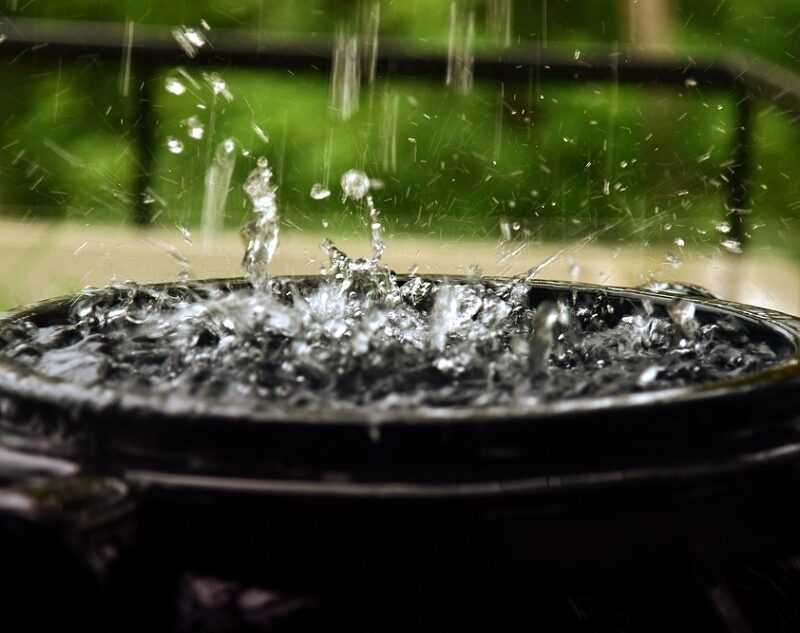As the planet’s population continues to grow, the demand for water resources escalates as well. This has led to the exploration and adoption of innovative, sustainable solutions for water supply. Two such emerging technologies, rainwater harvesting and greywater systems, offer promise in enhancing our water sustainability. This post will delve into these water conservation strategies and highlight their potential benefits.
What is Rainwater Harvesting?
Rainwater harvesting is a water collection strategy that involves the accumulation and storage of rainwater for later use. It’s a simple yet effective way to tap into the natural hydrological cycle, reducing our reliance on traditional water sources.
How does it work?
The fundamental components of a rainwater harvesting system include a catchment surface (typically a rooftop), a conveyance system (gutters and downspouts), and a storage facility (such as a rain barrel or cistern). The captured rainwater can then be utilised for various non-potable applications, such as irrigation and toilet flushing, or treated for potable use.
Rainwater harvesting provides numerous benefits, including water savings, reduced energy use, stormwater runoff reduction, and resilience in the face of drought or water restrictions. It also serves as a complementary water supply for regions where the demand for freshwater outpaces the supply.

Understanding Greywater Systems
On the other side of the sustainability spectrum, we have greywater systems. Greywater refers to the wastewater that is generated from activities like showering, bathing, and washing dishes or clothes. Unlike blackwater, which comes from toilets and contains harmful bacteria, greywater can be treated and reused.
How does it work?
Greywater systems collect, treat, and redistribute this wastewater for reuse. The complexity of these systems can vary – some involve simple manual bucketing from the bath to the garden, while others incorporate more advanced plumbing, filtration, and disinfection techniques. The treated greywater can be used for tasks like irrigation, toilet flushing, and even laundry, depending on the level of treatment.
Reusing greywater not only reduces your household’s demand for fresh water, but also decreases the amount of wastewater entering sewers or septic systems, hence lessening the impact on the environment.
An Integrated Approach to Water Sustainability
For businesses and households seeking to make a significant impact on their water usage, a combination of rainwater harvesting and greywater systems can provide a comprehensive solution. By capturing and reusing both rainwater and greywater, we can drastically cut down on the use of potable water for non-drinking purposes, which accounts for a significant portion of total water consumption.
To achieve the maximum efficiency of these systems, it’s essential to consider professional installation and maintenance services. For instance, a water cooler supplier in Chiltern not only offers reliable and efficient water dispensing systems, but also provides expert advice on installing and maintaining sustainable water solutions.
The Path Forward
Adopting sustainable water supply solutions is a critical step towards ensuring our future water security. Rainwater harvesting and greywater systems offer affordable and sustainable alternatives to traditional water sources, making a significant contribution to water conservation.
As we continue to face the challenges of water scarcity, it’s clear that the path to sustainability lies in our willingness to innovate and adapt. With concerted efforts from individuals, businesses, and governments, we can make the most of our precious water resources and pave the way for a sustainable water future.






